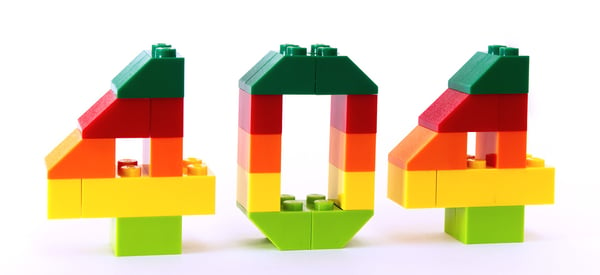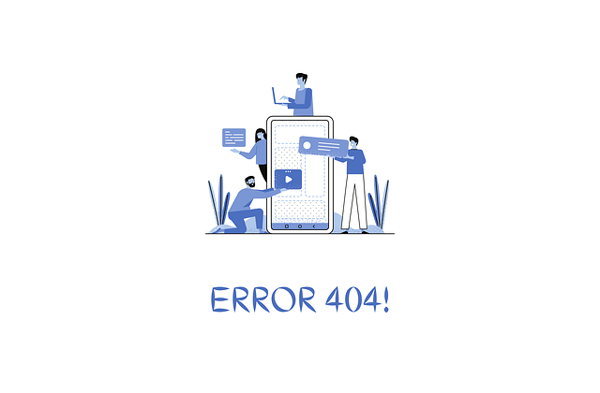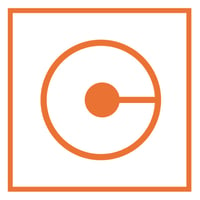Index Content
404 or error pages are much more important than you think, so today we are going to tell you the reasons why a 404 error occurs, what it is, how to detect it, the consequences and why error pages are so important and should be taken advantage of. Attention!
what is a 404 error and why does it occur?
A 404 not found error, in short, is a URL that does not lead to the expected content. This error can occur for several reasons,
- The URL of the site has been changed and the domain name has not been redirected correctly.
- The publication has been deleted and therefore the URL no longer exists.
- The wrong URL has been shared - this usually happens when the URL is typed in, rather than copied and pasted.
- The user has mistyped the URL in the search engine.
what are the consequences of the 404 error for our website?
If we have links on our site that lead to 404 pages, the signal is sent to Google, which can lower the reputation of our website. In addition, if we do not have a well-crafted 404 page, offering the user to continue browsing so they can find the content they are looking for, it will lead them to abandon our site and, therefore, it can also be interpreted as a bad user experience. Likewise, the main negative consequences of this error are:
-If Google's crawlers detect many links to errors of this type (HTTP 404), they interpret that the page is not being sufficiently reviewed and cared for and is therefore poorly maintained.
-It also has a negative influence on the PageRank of the page.
-It implies a negative experience for visitors to the website.
-With regard to people who try to visit our page, it means a loss of credibility and trust, something especially negative in, for example, online shops, since it means losing potential sales.

how to detect the 404 error?
We have already seen that the presence of this error in some links on our page will end up affecting our SEO. Therefore, to have our website as well positioned as possible, it is important to detect if we have any broken link in order to remove or repair it. There are several free tools for the detection of these links likely to appear as a 404 error:
- Google Search Console: using this tool, HTTP 404 error codes identified by the Google crawler are automatically displayed and, once repaired, can be corrected.
- W3C Link Checker: this is an online tool capable of carrying out an exhaustive analysis of each of the individual links that make up a web page. All you have to do is enter the URL you want (it can be your own or external) in the corresponding field, and the tool does the work automatically.
- Dead Link Checker: this is a quick and simple application that works in a similar way to the previous one and is therefore very practical for detecting external or internal pages with a 404 error.

how to take advantage of a 404 error?
If you have already tried to correct the errors in your URLs so that this does not happen to you, but it is still the same, the best option is to customise that page. The aim of this will be to improve the user experience by giving a touch of humour and ingenuity to that small communication error. Here is how to do it:
- Include a search bar. The last thing you want is for the visitor to abandon your site, so you need them to find other content on your website and continue browsing it. Remember that on many occasions the 404 error page appears because the user entered the wrong URL, this search bar can be a second chance to find what they are really looking for.
- Link to your homepage or to other content. As we have already mentioned, errors create a bad experience and tend to lose customers, so you should look for solutions. If the page the user was looking for does not work for whatever reason, retain them by showing them other articles or interesting content on your website or taking them back to the beginning of their search.
- Play with language: The message on this page should not contain technical terms. Take the opportunity to give a short explanation and you can even use humour to justify the failure. You can use terms such as: it is possible that it is because of, maybe it is due to this, possibly, etc. Do not blame the user, but as they may have misspelled the URL, make them understand in a friendly way that this could be a possibility.
- If the page is not working, make it easy for the user to contact you for support or information. This way you can provide a good user experience and good customer service.
- Direct the user to do another action. You can take the opportunity to make the visitor do a different action within your website. Here is an example for you to understand better, once the surfer has reached the error page, here you can offer him the opportunity to register on your website or enjoy a free demo.





